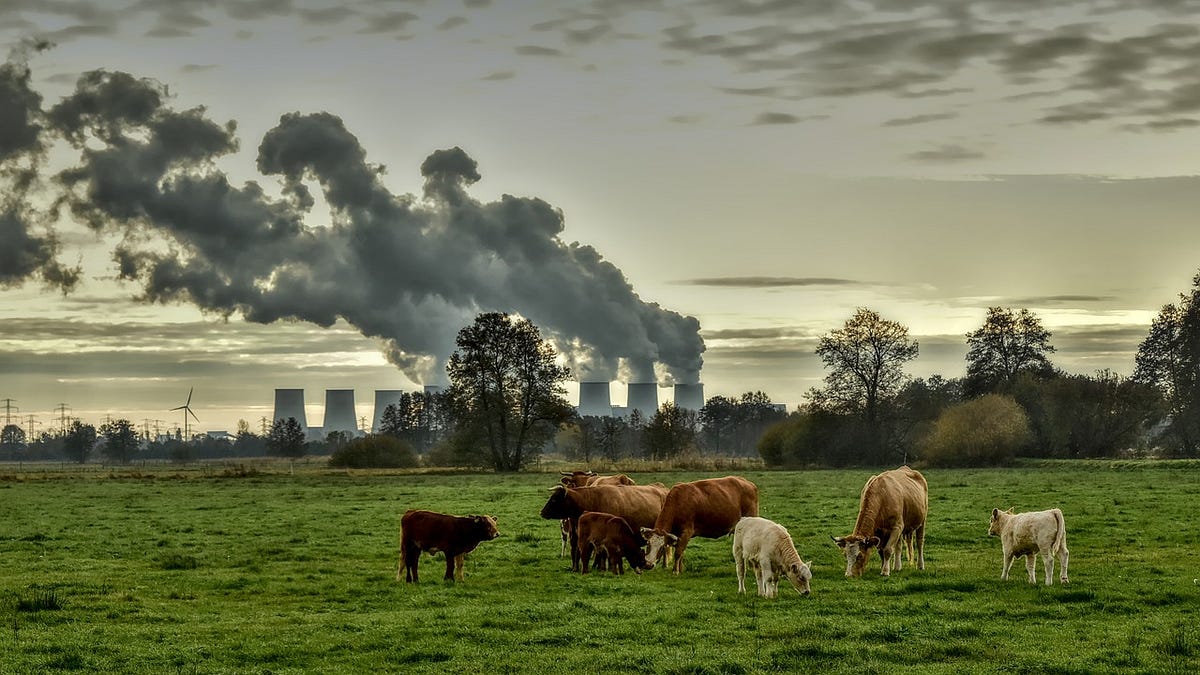
Wednesday, December 13, 2023
Carbon Offsets - Credits for Sustained, Meaningful Emissions Reduction
Carbon offsets involve greenhouse gas (GHG) emissions reductions in one sector or region that mitigate or compensate for emissions in another. They are generated in a wide range of ways, which include planting trees that absorb carbon dioxide (CO2) in the atmosphere, as well as burning or capturing methane from landfills and agricultural operations, such that it never reaches the atmosphere. Acceptable projects also include those that exert improvements in energy efficiency.
The ultimate aim of such offsets is to meet Paris Agreement goals of halving the earth’s carbon footprint by 2030 and achieving complete carbon neutrality by 2050. If this occurs at a global scale, there is still hope that a rise of temperature exceeding 1.5 degrees centigrade beyond preindustrial levels is preventable.
Essentially, the system works as follows: One company generates a carbon offset through removing carbon from the atmosphere. Another company purchases carbon credits that account for the residual emissions it produces. Each carbon credit it acquires acts as a permit that enables the company to emit greenhouse gases of a mass equivalent to a single ton of CO2.
The two basic categories of carbon credits are voluntary and compliance. Compliance credits help companies attain emissions reduction targets within the European Union Emissions Trading System and other cap-and-trade regimens. Other governments that employ such credits in meeting emissions goals range from Australia to California. On the other hand, voluntary credits are, as the name suggests, not mandated but, rather, employed by individuals and businesses in attaining organizational goals that help the planet.
Beyond simply acquiring them, there are several ways in which carbon credits may be used in actively offsetting emissions. For example, they may be invested in wind farms, solar arrays, and other renewable energy projects that promise to end a reliance on fossil fuels. They may also be used in support of tree planting efforts and sustainable forestry, to reduce deforestation, and to minimize erosion.
The carbon offset market is dynamic and evolving, and it spans offsets sold by businesses, brokers, and governments to fund projects that ease the threat posed by GHG emissions. It’s important to note that carbon offset projects are varied and unique, and thus it is important to research what form of climate mitigation each credit represents. Credits should, at a minimum, meet standards of being measurable, real, verifiable, and additional. The latter attribute means that the GHG emission reduction would not have occurred otherwise, without the credits existing.
For example, a preserve that already exists and is protected does not qualify for credits. Among the standards that have government and industry recognition and backing are those developed by watchdog organizations such as the Gold Standard Foundation; the Climate, Community and Biodiversity Alliance; Green-e; and Plan Vivo.
While there is no way to “offset the planet” back to environmental health, carbon credits represent a vital transitional tool until sustainability technologies and policies seriously take hold. It’s essential to note that nature and climate have their own (global warming aggravated) agenda that usurps even the most well-designed carbon credit systems. For example, in summer 2021, over 150,000 forest acres in California burned that had already been set aside as a carbon sink within the state’s carbon offset program. Today, many NGOs and countries are working to increase transparency and accountability in cross-border carbon offset programs, with an aim of ensuring that the scheme works fairly, and without bias, for companies and projects across the world.
Published: A Brief Introduction to Carbon Offsets
I published “A Brief Introduction to Carbon Offsets” on @Medium

-
Ralph Cioffi Private equity and venture capital are two well-known sources of financing. Like private equity investors, venture capital inve...
-
A May 2023 Forbes Advisor article reported that alternative investments have become more accessible for the average investor. Furthermore,...
-
I published “A Brief Introduction to Carbon Offsets” on @Medium


